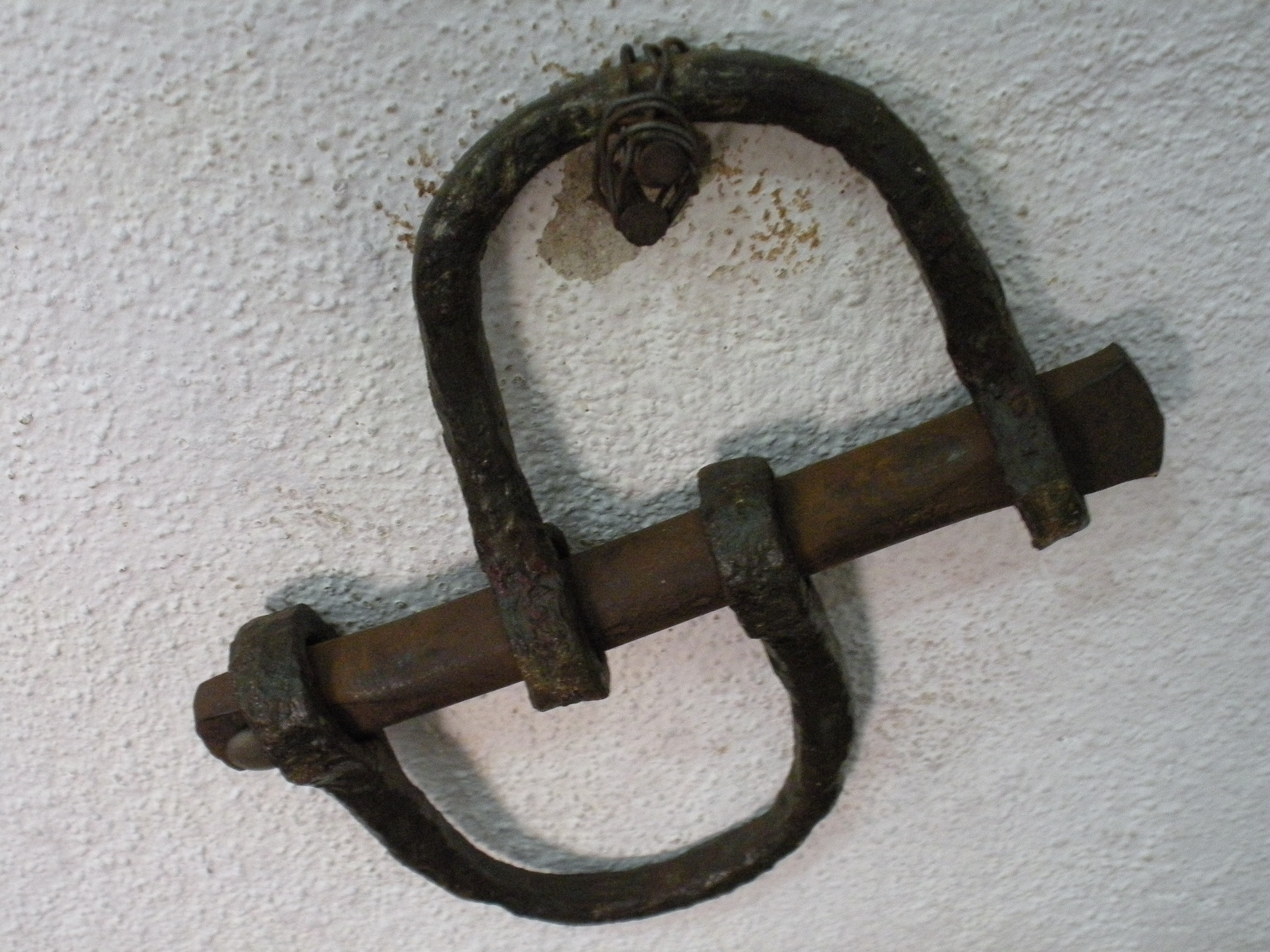Related Resources
Manumission as a tool of slavery
 In modern times in the Western world, "manumission" was the word used to refer to the occasional practice by slave masters or owners granting full freedom to their slaves, after which these former slaves and their descendants would live enjoying social and legal liberty. Manumisión, as it was called in Spanish culture, was thus one of the main sources of free Blacks in Western European societies, including the Iberian society.
In modern times in the Western world, "manumission" was the word used to refer to the occasional practice by slave masters or owners granting full freedom to their slaves, after which these former slaves and their descendants would live enjoying social and legal liberty. Manumisión, as it was called in Spanish culture, was thus one of the main sources of free Blacks in Western European societies, including the Iberian society.
During the 1500s, and throughout the next several centuries of European colonization and enslavement in the Americas, manumission was practiced, both in the Iberian metropolis and in the colonies. Freedom was granted mostly by relatively medium or small-scale owners of enslaved Blacks, who were their personal or domestic servants, frequently as a reward for many years of obedient servitude, and often when the owners felt close to the end of their own lives. (See Manuscript No. 047) A number of historians have considered manumission to be an important part of the stability and century-long duration of Black enslavement as a social system in the colonial Americas. The hope of obtaining manumission from their masters is considered to have been a factor in inducing a part of the enslaved population to conform to or accept enslaved life and not engage in the most open forms of resistance, which would preclude them as candidates for manumission in the eyes of their owners.
La Española, the first historical scenario of Black slavery in the Americas, was also the first one on the continent where manumission came into play. The concept was present in the European/Iberian colonization process as part of its social-domination tool box as soon as the process began to incorporate the importing of enslaved Blacks as an indispensable part of the settlement process in La Española and other territories of the “New World.” In 1505 Spanish King Ferdinand ordered the Crown’s colonial governor in Santo Domingo, Nicolás de Ovando, to spread the promise of manumission among the very early, and still relatively small, groups of enslaved Blacks in exchange for an undetermined amount of years of forced labor. (See Manuscript No. 009) Most of these early slaves were assigned to work in the mining of gold and the construction of walls in La Española and the offer of manumission was used in an attempt to elicit as much work from them as possible.
